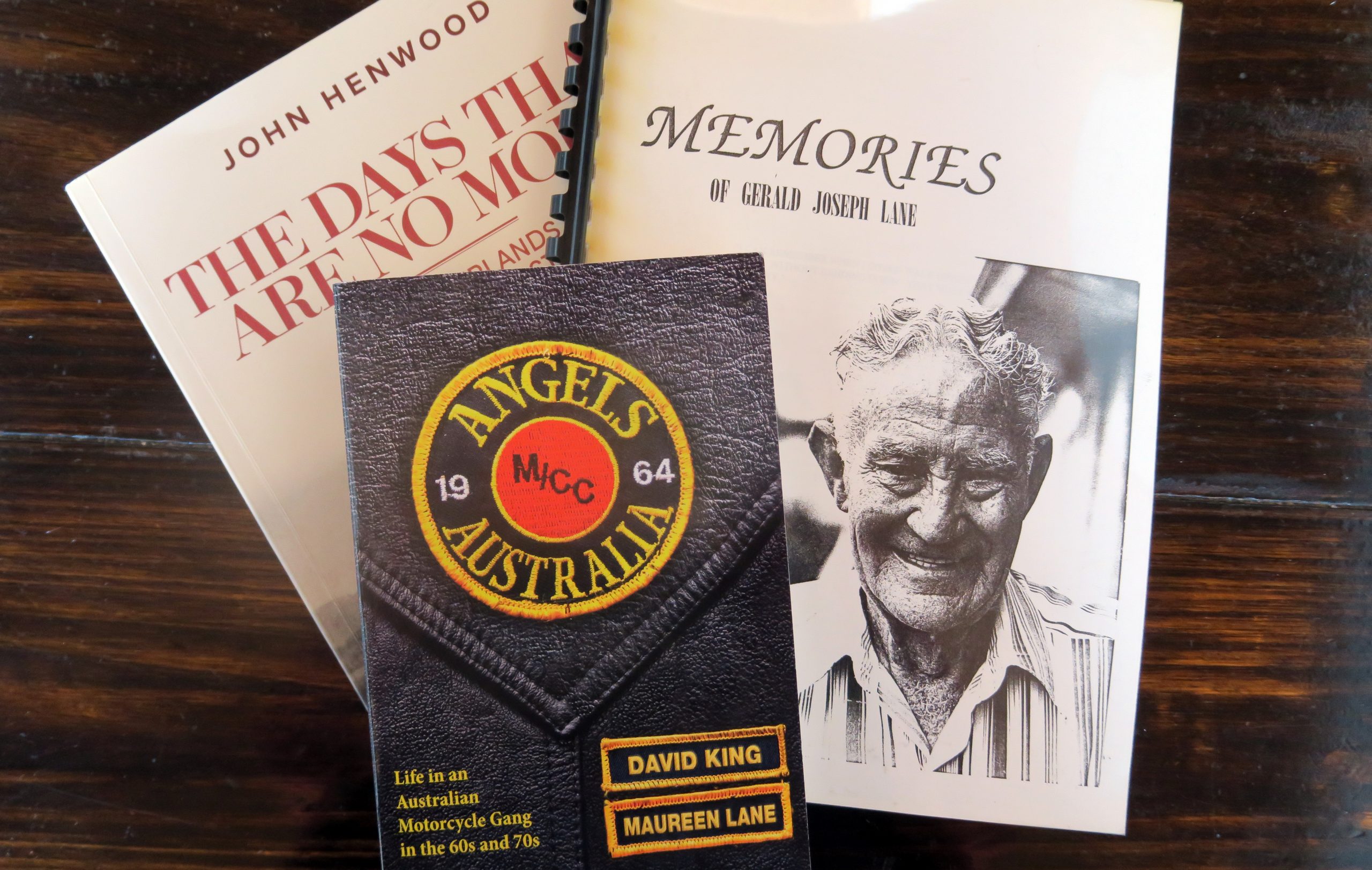One of the great joys of researching your family history is finding answers to the question, ‘where did I come from?’ Indeed, it can be such a fulfilling activity that once you start to delve into the lives of distant ancestors and immerse yourself in the world that they lived in, rather like doing a jigsaw puzzle, you may never want it to end.
However, there will come a point when you bring your research to a satisfactory point. The question then is, how do you turn all your hard work into an engaging story for others to read and enjoy?
As you ponder this, remind yourself why you wanted to find out more about your ancestors in the first place. Was it to see what traits were handed down; what struggles and joys were endured? Or was it simply to provide a legacy for your family or a point of reference for future historians? These are pivotal questions, as how you answer determines who you will be writing for.
If your audience is going to be your immediate family then you can present your research in a simple, easy-to-follow format, writing stories in a conversational style that they will find interesting. As you write about your ancestor’s lives and the world that they lived in, a whole new generation of family members is going to learn where they came from.
How to make your family history engaging
One of the hardest jobs you’ll face as you survey your family history research is selecting what material to use. What do you include and what do you leave out? If you’re staring at a blank screen on your laptop and wondering where to begin, choose a few interesting facts about an ancestor and see if you can work these into a story. Don’t worry about getting everything right with your first attempt, you can revisit your work and edit it later. Try to avoid dumping large amounts of information into your stories, tempting though this may be if you’ve spent a long-time doing research. All this does is slow down the narrative pace and make people less inclined to carry on reading.
And as you map out the structure of your family history story don’t forget to include a very important person – you! Your life story is a valuable part of your family’s history.
If, on the other hand, you intend your family history to be read by a wider audience, you may need to adopt a more formal writing style, depending on the arc of the story or focus of the period, and include more specific things like footnotes and referencing, rather than just a bibliography. In either instance, it’s important to note your resources to verify your research.
At Life Stories Australia, we can help you write your story. For more information on what we do, see our website: lifestoriesaustralia.com.au



Social